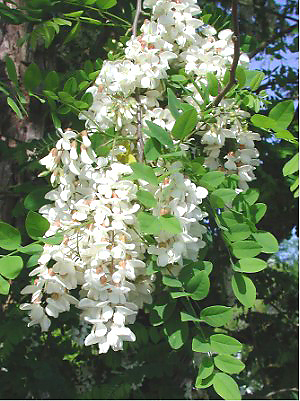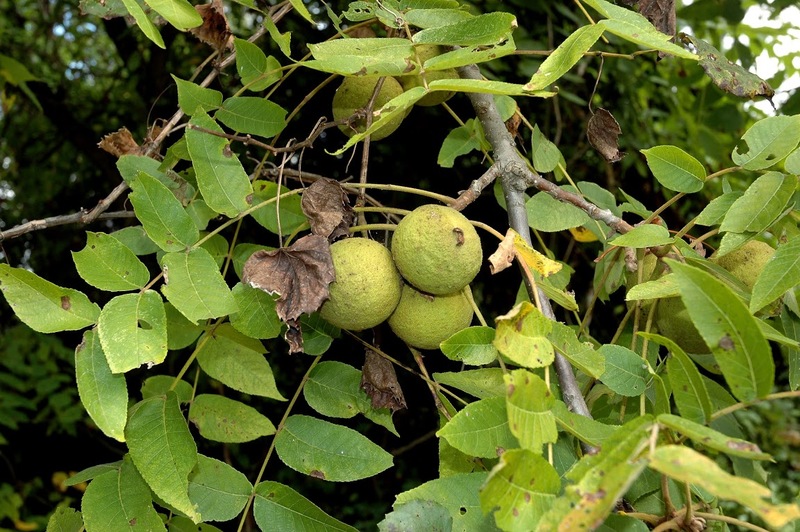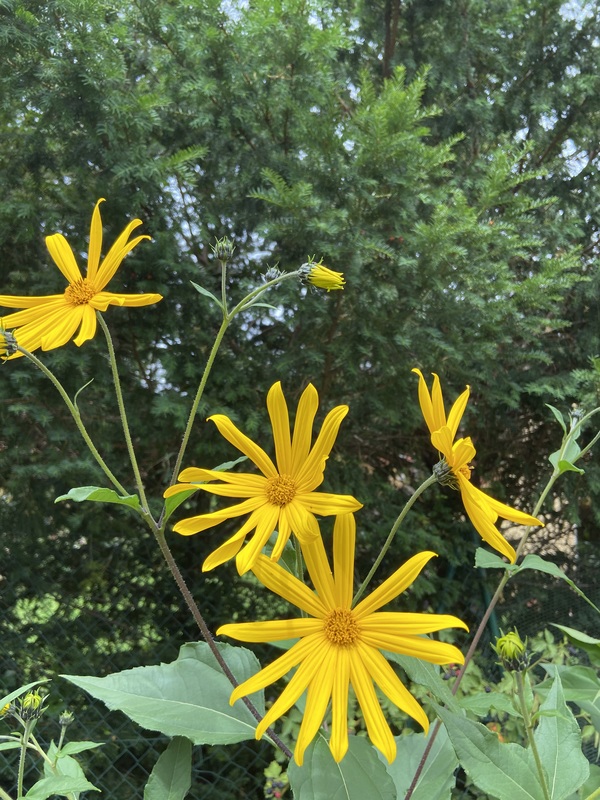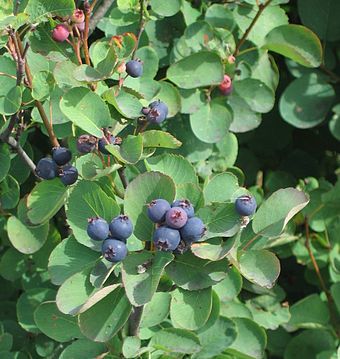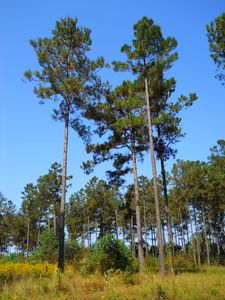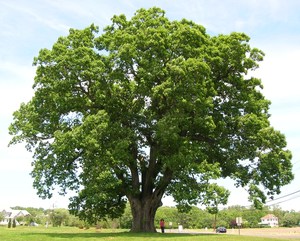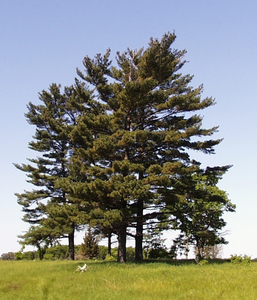Description
The Shagbark hickory (Carya ovata) is a tree native to the eastern United States and southeastern Canada. It is easily recognizable by its shaggy bark, which peels away from the trunk in long, thin strips. The tree grows to a height of 70-100 feet and has a spread of 30-50 feet. Its leaves are alternate and pinnately compound, with 5-7 leaflets per leaf. In the spring, it produces male flowers in drooping clusters and female flowers on short spikes. In the fall, the tree bears edible nuts that are encased in a thick, hard shell.
Shagbark hickory grows best in deep, well-drained soil in full sun to partial shade. It is a slow-growing tree and can take several decades to reach its full size. It is winter hardy and can tolerate cold temperatures.
The edible nuts of the Shagbark hickory can be harvested in the fall. They can be eaten fresh or roasted, and can also be ground into a flour. The nuts can be stored in a cool, dry place for several months.
Shagbark hickory has a number of uses. Its wood is strong and dense, and is prized for use in making furniture, flooring, and other products. The nuts are an important food source for many animals, including squirrels and birds. The tree’s bark and leaves have been used medicinally by Native Americans to treat a variety of ailments.




